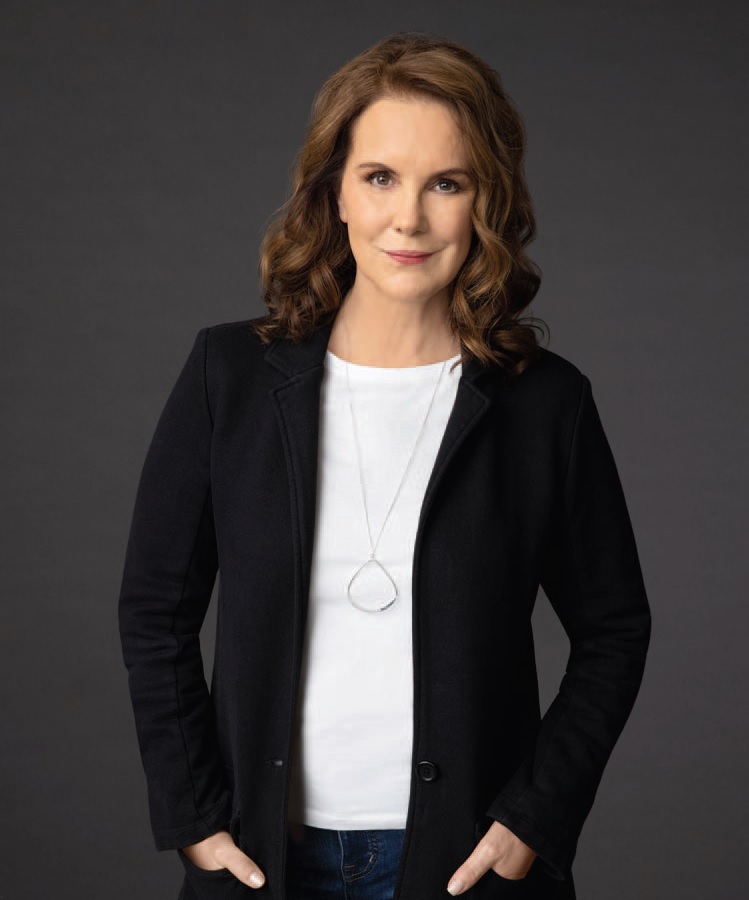Genius loves company. That may be the simplest way to account for one of 2012’s most ambitious and successful album releases, Let It Be—a reinterpretation of Beatles classics by Roberta Flack. For someone whose musicianship covers every genre from Classical to R&B to Jazz, however, nothing is simple about the 12 songs that made the final cut. Each one is like taking hold of Flack’s hand and finding a new walkway through lyrics and melodies that are as familiar to most of us as breathing. As Tetiana Anderson discovered, for the fourtime Grammy winner it’s all about the journey. Indeed, from Flack’s early years as a music prodigy through the twists and turns of a fascinating and celebrated career, she has become quite adept at discovering the path less taken. And, the title of her new album notwithstanding, Roberta Flack has never been one to simply let it be.

Photo courtesy of Roberta Flack
EDGE: You really want people to make connections through your songs. Where did that come from?
RF: I don’t know where that came from. But I can tell you that connecting through songs is what I am all about, period. I was watching recently some footage of Bill Cosby introducing me at a jazz fest back in the ’70s. He was telling the audience that Roberta Flack tells stories so you can understand them. I think that is a true description of how I feel about music. It speaks to me. I try to speak back and once I get the conversation going—and figure out what the whole point is—I’m ready to dig in and come up with a very individual interpretation of a particular song.
EDGE: Your own story is incredible. You were the youngest person to ever enroll at Howard University, and later the first black teacher at an all-white school. Do you think of yourself as someone who breaks barriers?
RF: No. But I do believe in destiny and fate. If you are practicing five or six hours every day—and that’s all you live for as a child because there are no other options—if you are able to grasp that and hold onto it, it will tell you where you are supposed to go. I did go to Howard early. And I did become the first black teacher at an all-white school in Chevy Chase, Maryland, which was a little tighter wound in terms of the people and their personalities than Virginia. When you’re a child and you have the gift of music, the gift of art, the gift of conversation, nothing stops you.
EDGE: What impact did the church and gospel have on your appreciation for music?
RF: I belonged to an interesting church and my mom was the church organist. The choir director was a Howard University graduate, and many of the choir members were people who had graduated Howard or gone to school with him. That church, as we would say as young kids, was “uppity.” It was uppity because the church that Mahalia Jackson, Sam Cooke, the Soul Stirrers and the Five Blind Boys visited was not our church. That was Macedonia Baptist, down the street. I spent a lot of time as a young person going between churches. Actually, the first genre of music I was exposed to was not gospel music; my background was actually classical. But I loved gospel. What is there not to love? It doesn’t have to be something where people are shouting. It can be a song’s subtle embellishment, it can be the malisma that Whitney Houston brought to her pop music. Melisma is a gospel characteristic when you take a note that’s supposed to be da and go dahahahahahaha and add all those other notes up and down the scale. That is a beautiful experience and it’s also very moving. Your soul cannot help but be stirred when you hear Aretha Franklin sing “God Bless the Child” or “Amazing Grace.”
EDGE: Do the classical works of Chopin and Bach give you the same goose bumps as gospel?
RF: Yes. Yes. I can play some Chopin for you that would make you say Girl, that ain’t Chopin! I’ll tell you who uses the melodic flow of romantic composers like Schuman, Brahms, Chopin, Shubert and Beethoven: Stevie Wonder. When you hear him sing, when you hear him play any of those songs that are so melodic, like [singing] A Ribbon in the Sky for our love…he does a lot of that.
EDGE: You worked on songs with Stevie Wonder but are perhaps best known for your partnerships with Donny Hathaway and Eugene McDaniels. What did you learn about the craft from those two?
RF: I was humbled by their talent. I’ve been watching a performance Gene and I did in the studio of a song that Gene wrote for an Eastern Airlines commercial. It was called “Chasing the Sunshine.” How clever is that as a title? This is the same guy who wrote “Reverend Lee,” “Feel Like Making Love” and “Compared to You.” He was a profound writer, Gene McDaniels. Absolutely, absolutely brilliant. Donny and I cut “You’ve Got a Friend” in 20 minutes, which isn’t hard to understand. I am a musician, not just a singer, so you don’t have to teach me something. I have the presence of mind and the ambition and the appreciation for my craft to sit down and practice. So I practiced, came to New York, and Donny and I did “You’ve Got a Friend,” which went to the top of the charts. So they said Let’s do an album. Okay, so the next thing we did was “Where Is the Love.” Donny and I finished that first album in three days! I should say that I did whatever Donny asked me to do as a duet partner. In terms of putting it together, sketching it out, bringing all the pieces together so that everybody understood what was happening—that was Donny, that was the kind of mind he had. Three days.
EDGE: You accompanied Donny on piano on the classic “For All We Know.”
RF: Yes. When we finished that album the producer asked, “Ro, you got another song?” I said, “Donny do you know this song?” He said, “Yeah I know the song but I don’t know the words.” So I wrote down the lyrics of “For All We Know.” I played it and he sang it and we recorded it. You know, I had really cut my chops as an accompanist. I’d played piano while I was teaching school in DC at the Tivoli Opera Restaurant. I mean we were doing Aida and Madame Butterfuly, we were doing Tosca and La Traviata and Verde and Chelini. Oh, it was just so wonderful. Here I am this little girl from Black Mountain, North Carolina. I’d never read that stuff but my musicianship, my gift—thank you, God—allowed me to do it with the same kind of comfort that I’m playing for Donny. I just looked at him and listened to the way the song was developing. When we did that together it was one of the highlights of my recording career.
EDGE: You also worked with Bob Marley. How did you meet? What was he like?
RF: Beautiful. Fine. Sexy. He was a friend. We were both Aquarians. I am on the 10th and he’s on the 6th. When he got sick I was so upset. I lived for seven years in Jamaica accidentally. That was part of that Eastern Airlines – Gene McDaniels thing. Part of my payoff from the airline was to close my eyes, pick from their map any place, and my finger landed on Montego Bay. I stayed for about two days and said, Now I want to go to Kingston. I was with a couple of guys. We went to Kingston and ran right smack into some Rastas who said, “Sistren let me take you, let we go see brother Bob.” So he and I became friends and as a matter of fact I brought down later my band and we went into his studio and worked on “Killing Me Softly.” Then I came back to the States and recorded it, and of course that was a hit for me, too. But Bob was a wonderful friend. He spent several hours in my apartment in New York sharing musical ideas and good vibrations and was just a beautiful person. When he was sick I tried to find some holistic doctors for him to see. I was able to introduce him to a few, but it was a little bit past the time where they could help.
EDGE: You’ve seen more than one great talent leave this earth before their time, whether its Bob Marley or Whitney Houston. That’s got to be tough for you.
RF: It is tough. I think about it especially since Whitney died. I think about it a lot. A couple of days ago I found myself rattling off names of people that I have known and worked with, or knew musically in a very special, intimate way, who are gone. I said, Okay I gotta stop this. You start to feel your own vulnerability.
EDGE: You mentioned “Killing Me Softly,” which went to number one. What do you recall about that?
RF: When “Killing Me Softly” was released as a single I was performing in Germany. My one source of Englishlanguage entertainment was the army base radio station. I had it on and woke up to Well, here it is again, Roberta Flack’s next big single, Killing Me Softly! I remember thinking Oh, boy! But at the end they finished by repeating “…killing me softly with his song” over and over and then fading out. I said “No, that’s not it!” I called the producer and asked, “What did you do?” He said, “Oh I just faded it.” I said, “No! No! No!” He said, “Man, only like a million three hundred fifty thousand of these have been sent out all around the world. Can’t you live with that?” I said, “No.” So they changed it.
EDGE: Let’s fast-forward to your new album. One of the interesting things about the Beatles is that they evolved so rapidly and had such a huge effect on popular music. When you went back and sorted through their catalogue of songs what are the things that made you go Wow?
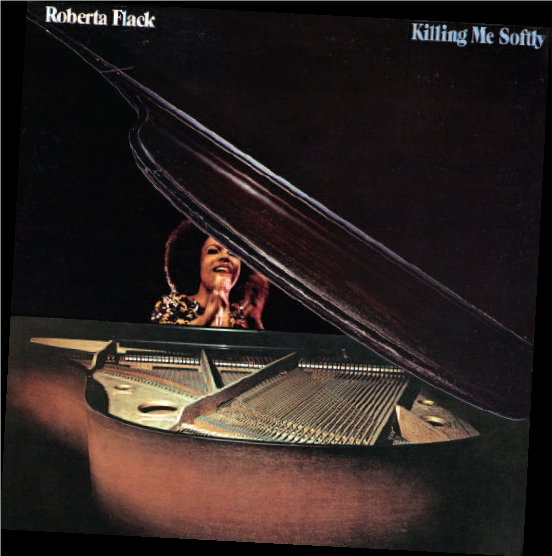
Atlantic Recording Co./David Redfern
RF: When I was looking at “I’m Looking Through You,” which is the first song we laid down, there is the line Love has a nasty habit of disappearing overnight. Disappearing overnight. Every time I sing that it makes me almost want to cry, because love does have a nasty habit of vamoosing overnight. You can be ever so intense and sincere and real, then all of the sudden it’s like Who is this person? What am I into? I’m married to who? What and why did I do this? Because the love you thought you identified as love was something else, and wasn’t based on something that could stand all the pressures of being, of becoming, Roberta Flack. I was married to a wonderful bass player who worked with Roland Kirk, the great jazz horn player. Roland thought I was a great musician and he’d say, “Ro, come on, you need to play some jazz girl. Come on.” My husband said to me one day, “You can’t do this, because if you do, you’ll change.” I asked him, “How will I change?” He said, “I don’t know, but women always change.”I told him I wasn’t going to change, that I’d been playing the piano and singing and helping other people play and sing all my life—so this is just another format, another audience. I’m doing it. I want to do it. He said, “If you do, we can’t stay together.” I said, “Okay. Bye. See you later.”
EDGE: You chose your music.
RF: Of course! How could I not? I had no choice. I wasn’t selling my body. I wasn’t prostituting. I wasn’t doing anything except making music, which I had been doing all my life!
EDGE: So back to the Beatles, is what grips you their lyrics?
RF: No, it’s everything.
EDGE: How did you decide which songs to include and which to cut?
RF: It wasn’t easy. I listened to myself and I listened to my heart mostly. I think if you’re a trained musician like I am, or like Alicia Keyes or Stevie Wonder or Donny Hathaway, it helps. You have the ability to see how a song is built from the bottom up. And after you see the song and you fall in love with the song, then you get inside of it and break it down again. It’s an incredible process.
EDGE: Still, the process took five years.
RF: Yes, well the longer I worked on the songs the simpler they became, and the easier it became for me to hear them in their finality. Even though I hadn’t finished them, I could still hear what was going to be the final song. I could hear my voice singing the lyrics and singing the melody and putting it all together, and the accompaniment underneath. I wanted mostly guitars, because I think of the Beatles as guitarists. There were three major players in their band—John, George and Paul—so I wanted it to have that sound.
EDGE: Do you think songwriting and popular music has changed dramatically since the Beatles were around?
RF: It has to. Can you imaging doing the Hand Jive? Can you imagine doing the Charleston? Can you imagine every song sounding like something Billie Holliday had to sing? Weren’t we glad when Esther Phillips came out and sang “What a Difference a Day Makes?” The world must evolve and everything must change, especially music. If it doesn’t, where do we go? I can’t imagine doing all of the Beatles songs the way they did them.
EDGE: I have to ask—you crossed paths fairly often with John Lennon when both of you had apartments in the same building on Central Park West. Were you buddies?
RF: He invited me to the studio, and I did work with him a couple of times on stage and stuff like that, but it was never like buddy-buddy. It wasn’t buddies, no.
EDGE: So what’s next for Roberta Flack?
RF: I really wish I knew what was next. I have an album of songs I’ve done with a group of young people. We all call ourselves the Real Artist Symposium—symposium meaning a group of very musical people. We’ve come up with an album we want to release under the title: Real Artist Symposium featuring Roberta Flack. Not because I want to be featured, but because using my being a member of the group will attract interest and people won’t have to look at something and say What’s RAS? Maybe they’ll be curious enough to check out the music of these other young artists who are with me. I’ve done some of the music already and I am excited about it.
Editor’s Note: If Tetiana Anderson’s name is familiar, it’s probably because her face and voice are, too. A television reporter who has chased storms for the Weather Channel and covered Operation Iraqi Freedom from Baghdad for MSNBC, Anderson is currently a freelance reporter/ producer for organizations including NY-1, CBS Newspath and CNN. Needless to say, she knows her way around an interview.


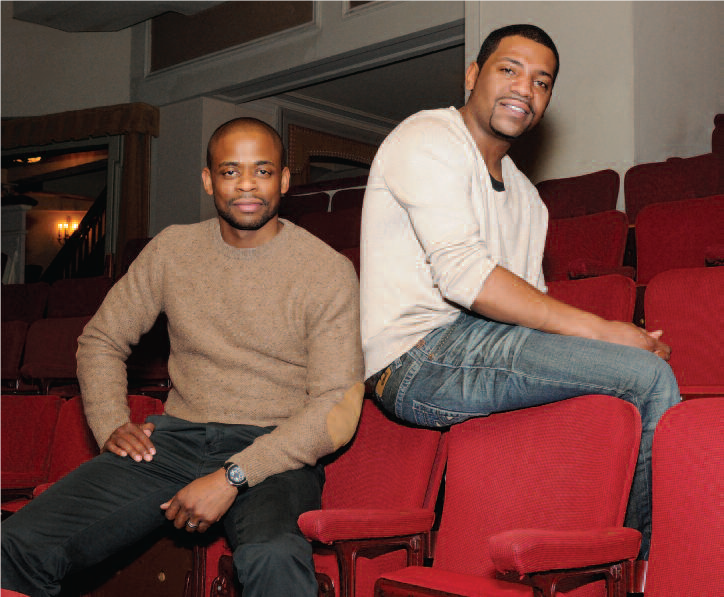
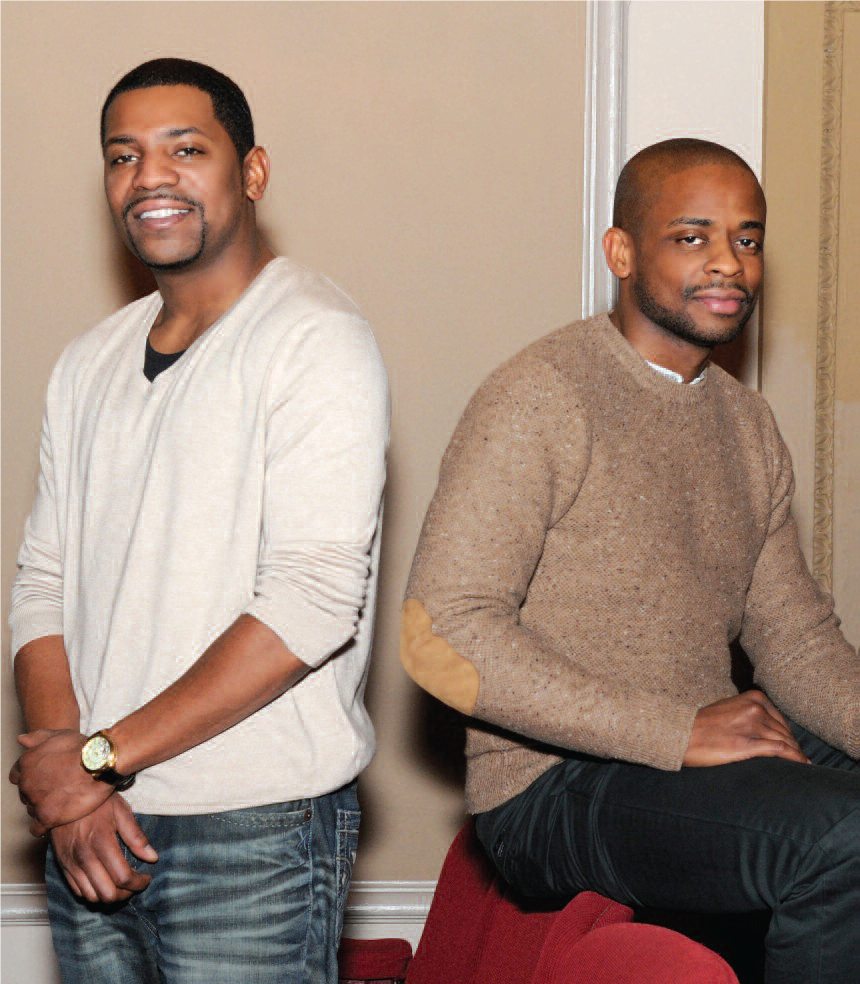
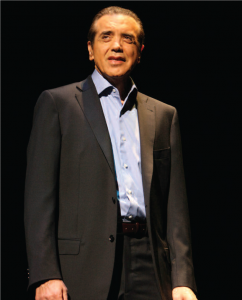
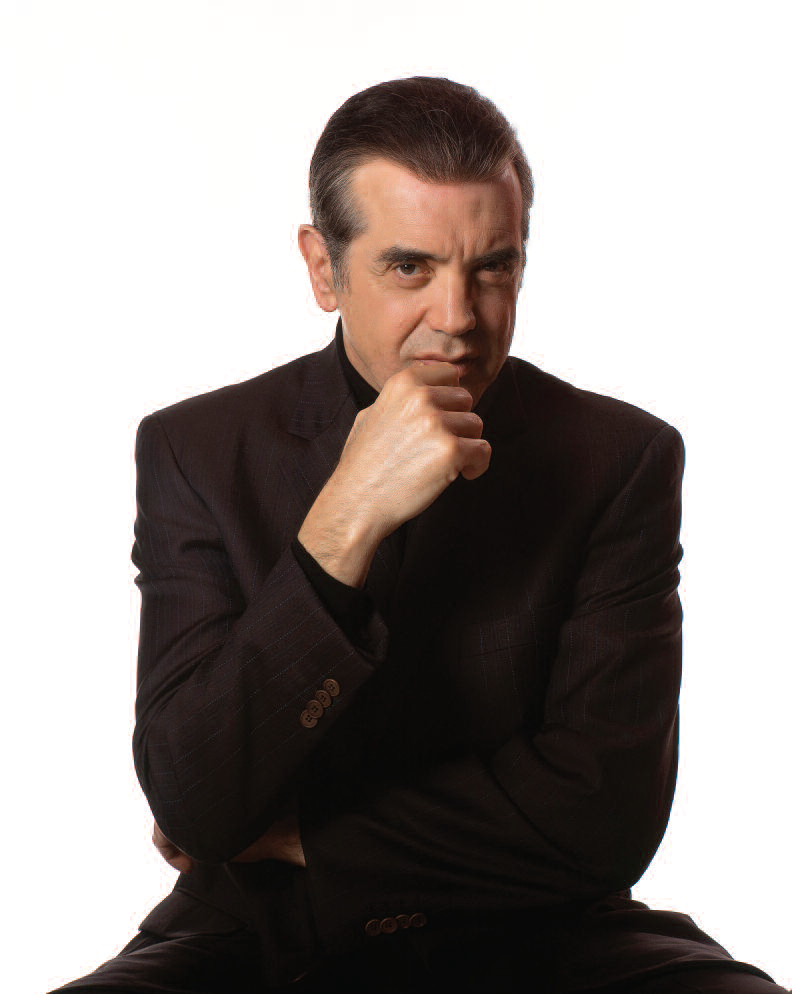
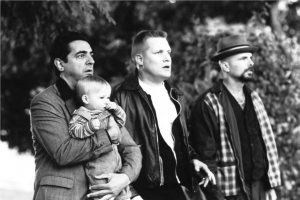
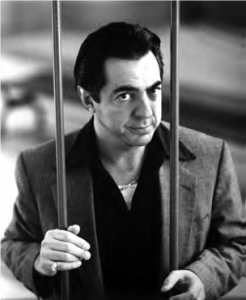

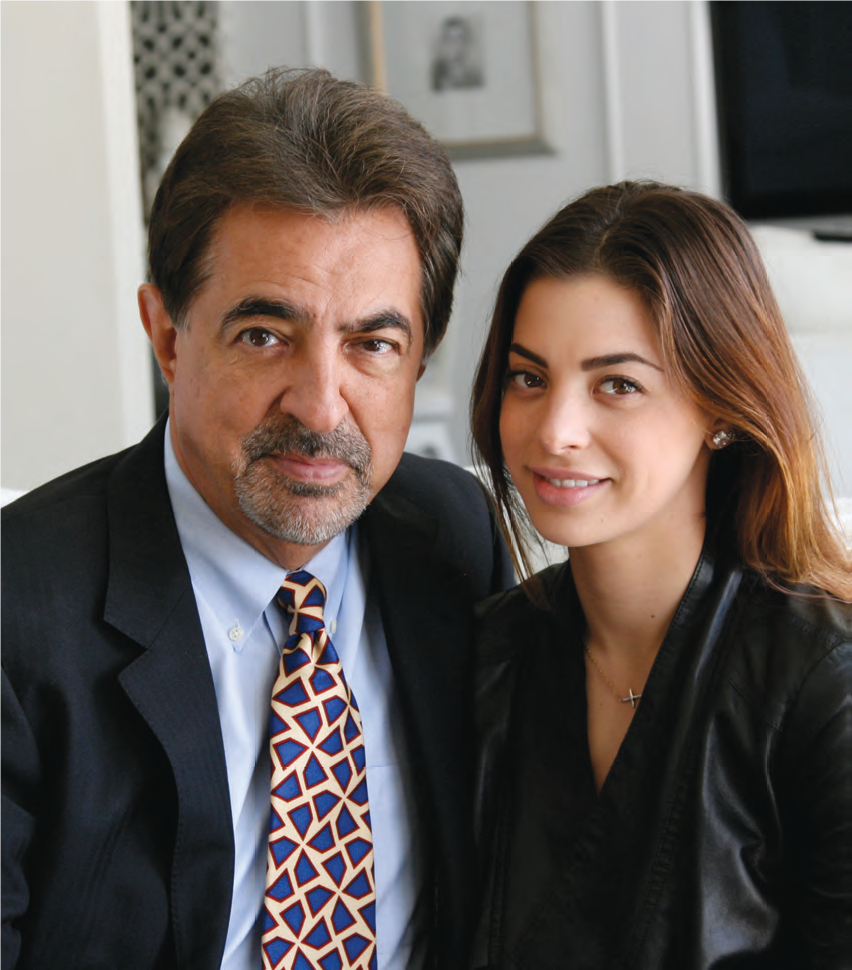
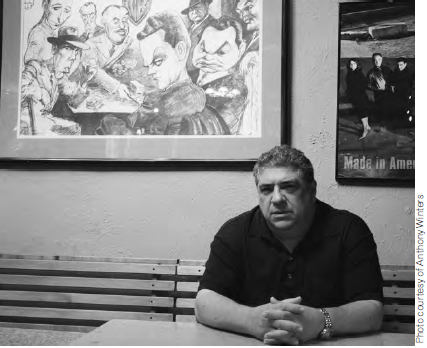
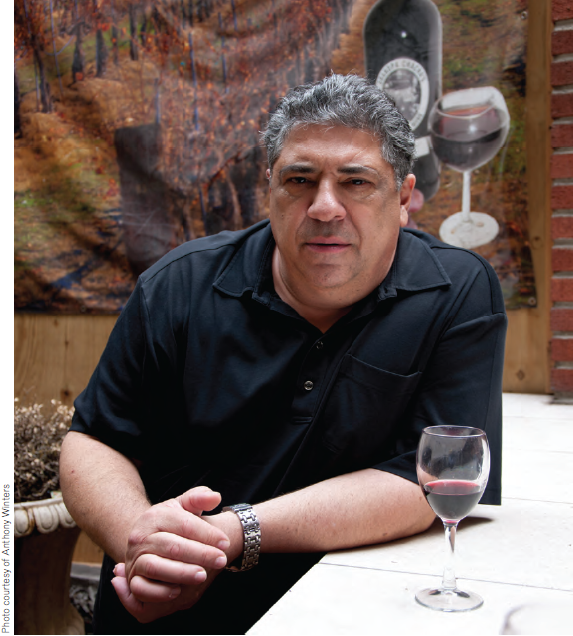
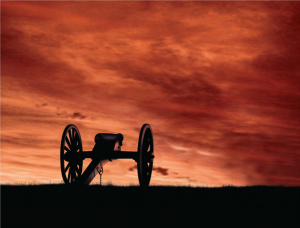
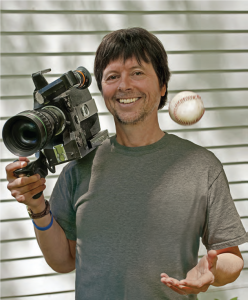 films, a process of discovery. I’m drawn to a subject not because I know about it and want to show off that knowledge or want to tell people what they should know about the subject, but the exact opposite. I want to share my process of discovery. It’s “Hey, let me tell you this unbelievable story I just heard!”
films, a process of discovery. I’m drawn to a subject not because I know about it and want to show off that knowledge or want to tell people what they should know about the subject, but the exact opposite. I want to share my process of discovery. It’s “Hey, let me tell you this unbelievable story I just heard!”

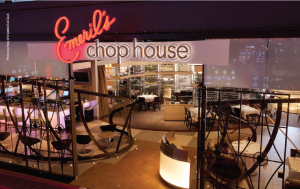
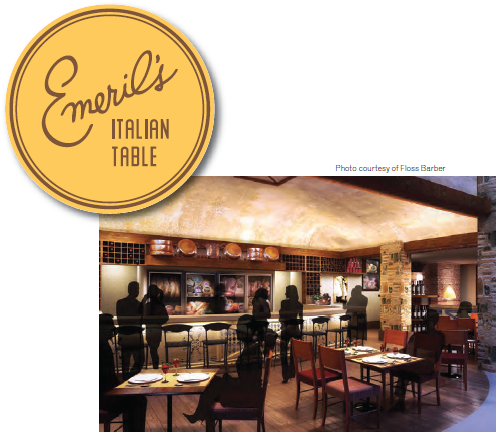
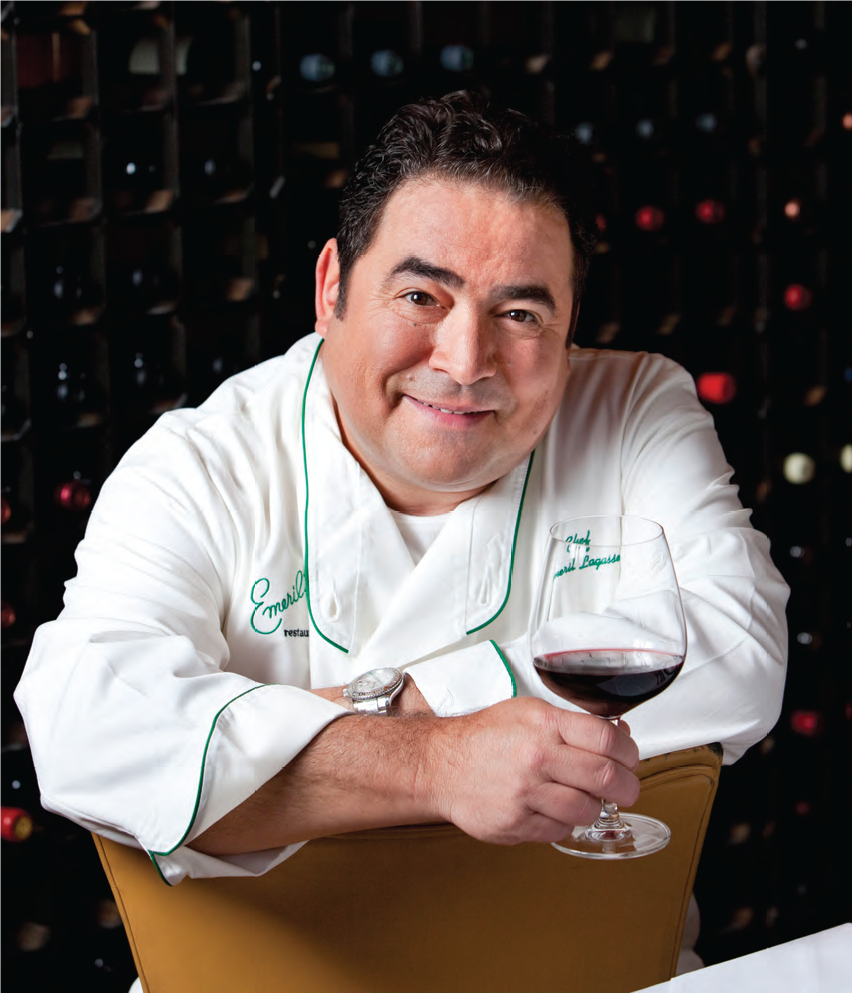
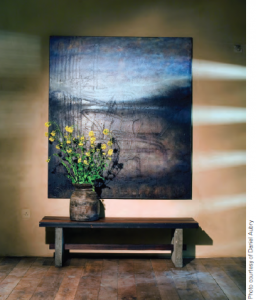
 EDGE: What is step one when choosing a designer?
EDGE: What is step one when choosing a designer?


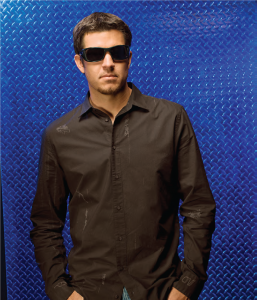 yourself. But let’s be honest— New Jersey is hardly a breeding ground for stock-car racing talent. Well, just don’t tell that to the folks in Ocean County. Every weekend they root for one of their own, MARTIN TRUEX JR., to take the checkered flag against the likes of living legends Jimmie Johnson, Jeff Gordon and another “junior”—Dale Earnhardt. How does a world-class racer go from the dirt tracks of South Jersey to the legendary ovals and super speedways of NASCAR? Turns out, it’s all in the family.
yourself. But let’s be honest— New Jersey is hardly a breeding ground for stock-car racing talent. Well, just don’t tell that to the folks in Ocean County. Every weekend they root for one of their own, MARTIN TRUEX JR., to take the checkered flag against the likes of living legends Jimmie Johnson, Jeff Gordon and another “junior”—Dale Earnhardt. How does a world-class racer go from the dirt tracks of South Jersey to the legendary ovals and super speedways of NASCAR? Turns out, it’s all in the family.
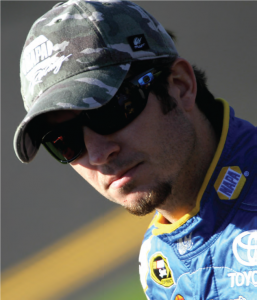
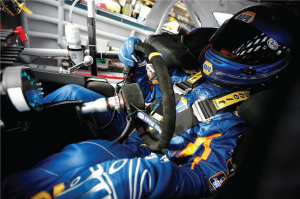 EDGE: The main sponsor of your car is NAPA. Do you have much interaction with them?
EDGE: The main sponsor of your car is NAPA. Do you have much interaction with them?
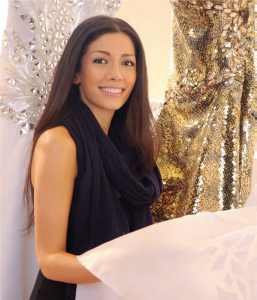 The power of television in our society has been made painfully clear by the current Reality TV craze. With careful editing and decent ratings, it seems any half-wit can become a major media star. Yet for all of the bad things this genre says about us as a culture, it can also do a lot of good. Exhibit A is IRINA SHABAYEVA, an outrageous young talent who rose above the competition to win Project Runway. For all its contrivances, the program transformed an industry unknown into New York’s newest designing woman—a career-launch that might never have happened but for the magic of basic cable. EDGE Style Editor Dan Brickley has been there and done that. The former host of TLC’s A Makeover Story is now a regular in US Weekly and runs a successful pop-culture web site. Dan caught up with Irina while she was putting the finishing touches on her new Fire & Ice collection (see pages 55-62), due to debut at Fashion Week in February. As he discovered, the first thing you need to know about Irina is that she was born in Georgia…and raised in Brooklyn.
The power of television in our society has been made painfully clear by the current Reality TV craze. With careful editing and decent ratings, it seems any half-wit can become a major media star. Yet for all of the bad things this genre says about us as a culture, it can also do a lot of good. Exhibit A is IRINA SHABAYEVA, an outrageous young talent who rose above the competition to win Project Runway. For all its contrivances, the program transformed an industry unknown into New York’s newest designing woman—a career-launch that might never have happened but for the magic of basic cable. EDGE Style Editor Dan Brickley has been there and done that. The former host of TLC’s A Makeover Story is now a regular in US Weekly and runs a successful pop-culture web site. Dan caught up with Irina while she was putting the finishing touches on her new Fire & Ice collection (see pages 55-62), due to debut at Fashion Week in February. As he discovered, the first thing you need to know about Irina is that she was born in Georgia…and raised in Brooklyn.


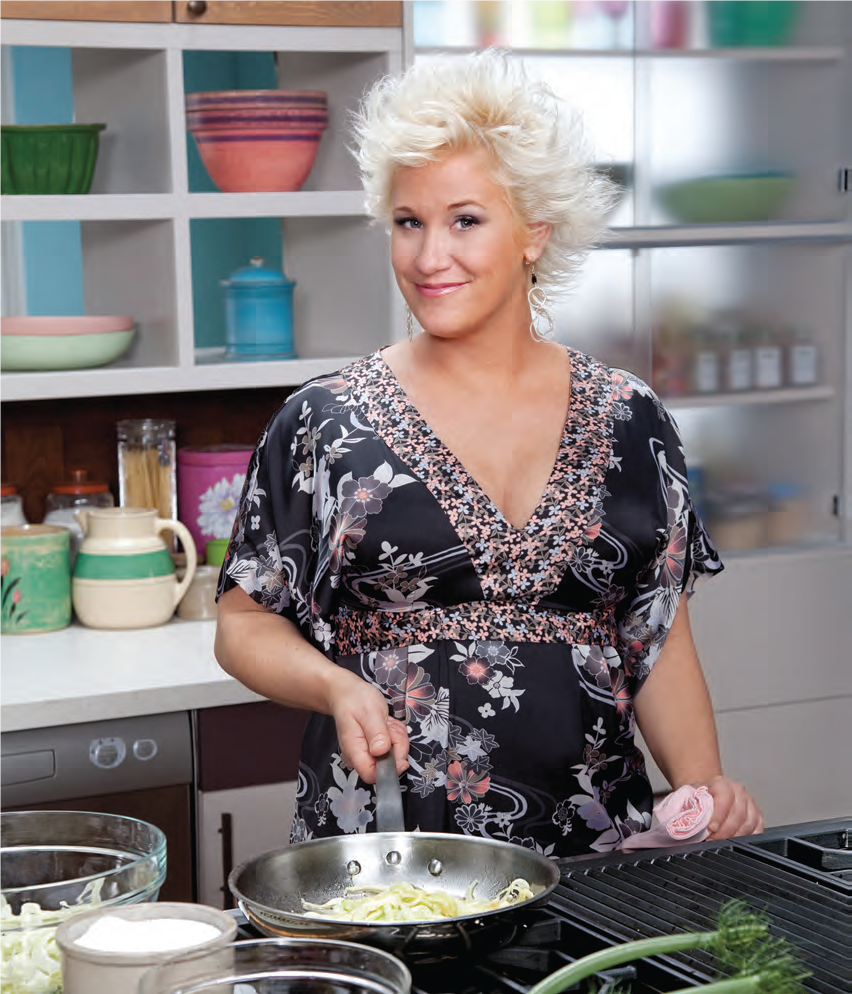
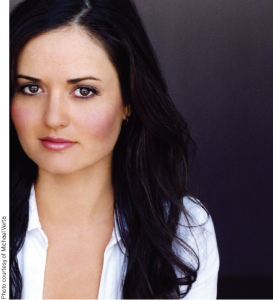
 started a math advice column in which I answered people’s math questions. After I finished The West Wing, there was an article about me in the Science section of The New York Times. From that article came an offer to write a math book. I realized that I had been preparing to write this book for a long time without knowing it—first, by being a math major and, second, by writing the column.
started a math advice column in which I answered people’s math questions. After I finished The West Wing, there was an article about me in the Science section of The New York Times. From that article came an offer to write a math book. I realized that I had been preparing to write this book for a long time without knowing it—first, by being a math major and, second, by writing the column.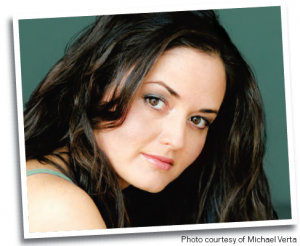
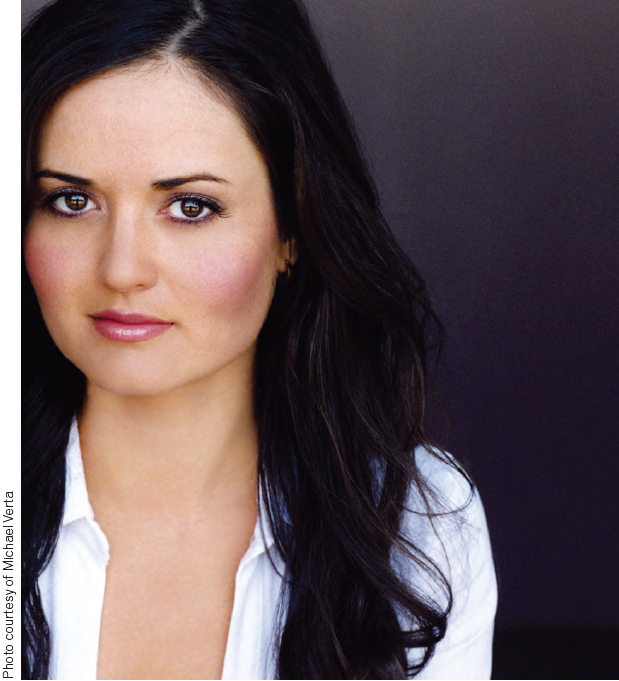
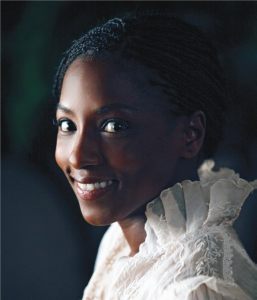 stay. The daughter of professional dancers, the Las Vegas born-and-bred Wesley took her show on the road—first to the University of Evansville as an undergrad and then to the Juilliard School in New York. Along the way, Wesley also studied at London’s Royal Academy of Dramatic Art. A plum role on Broadway in David Hare’s The Vertical Hour and the lead in the 2007 dance film How She Move earned her an audition for Alan Ball, who was casting the tricky role of Tara Thornton in True Blood. The depth she brought to the character not only won her the part, it has since made Wesley one of the most popular characters on television. EDGE Assignments Editor Zack Burgess took the actress back to Las Vegas to talk about her show business roots and inspirations, and to explore the imaginative and eclectic Rutina Look (his words, not hers). The ground rules for the interview? Only one “vampire question” allowed (our rules, not hers). Oh, the pressure! As usual, Zack saved the best for last.
stay. The daughter of professional dancers, the Las Vegas born-and-bred Wesley took her show on the road—first to the University of Evansville as an undergrad and then to the Juilliard School in New York. Along the way, Wesley also studied at London’s Royal Academy of Dramatic Art. A plum role on Broadway in David Hare’s The Vertical Hour and the lead in the 2007 dance film How She Move earned her an audition for Alan Ball, who was casting the tricky role of Tara Thornton in True Blood. The depth she brought to the character not only won her the part, it has since made Wesley one of the most popular characters on television. EDGE Assignments Editor Zack Burgess took the actress back to Las Vegas to talk about her show business roots and inspirations, and to explore the imaginative and eclectic Rutina Look (his words, not hers). The ground rules for the interview? Only one “vampire question” allowed (our rules, not hers). Oh, the pressure! As usual, Zack saved the best for last.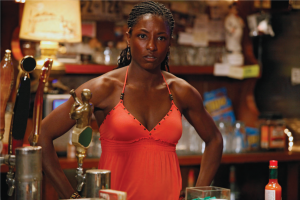
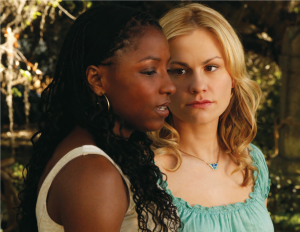
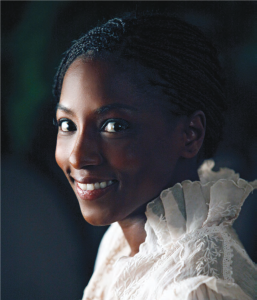
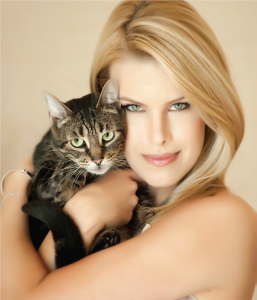 Editor Zack Burgess managed to grab 20 solid minutes with Beth at the “tail end” of the publicity tour for her new book, Oh My Dog: How to choose, train, groom, nurture, feed and care for your new best friend (Gallery Books). Zack covered a lot of ground in his Q&A, yet he never got to the question Letterman posed to her on national television: Why Howard? Turns out she kind of answered it anyway. The spokesperson for North Shore Animal League America, Beth wouldn’t tell us how her book ends. Spoiler alert…the woman ends up taking care of the dog!
Editor Zack Burgess managed to grab 20 solid minutes with Beth at the “tail end” of the publicity tour for her new book, Oh My Dog: How to choose, train, groom, nurture, feed and care for your new best friend (Gallery Books). Zack covered a lot of ground in his Q&A, yet he never got to the question Letterman posed to her on national television: Why Howard? Turns out she kind of answered it anyway. The spokesperson for North Shore Animal League America, Beth wouldn’t tell us how her book ends. Spoiler alert…the woman ends up taking care of the dog!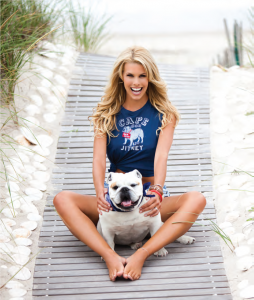
 BOS: I believe in love at first sight. Just know what you’re looking for. Assess your lifestyle, as I mentioned before. When you go into a shelter, if you have a big house with a beautiful yard or access to a park, you might want to get a bigger breed. Or if you live in a one-bedroom apartment, you might not want to get that Rottweiler or Bernese Mountain dog; you might want to go for a smaller dog. Talk to the adoption counselor, determine the right fit for your lifestyle, and then when you spend time with a dog and make eye contact and fall in love, you’re also going to know it’s the right one to bring home.
BOS: I believe in love at first sight. Just know what you’re looking for. Assess your lifestyle, as I mentioned before. When you go into a shelter, if you have a big house with a beautiful yard or access to a park, you might want to get a bigger breed. Or if you live in a one-bedroom apartment, you might not want to get that Rottweiler or Bernese Mountain dog; you might want to go for a smaller dog. Talk to the adoption counselor, determine the right fit for your lifestyle, and then when you spend time with a dog and make eye contact and fall in love, you’re also going to know it’s the right one to bring home.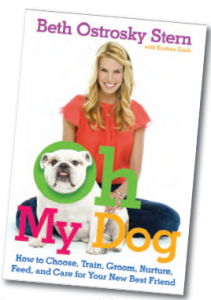
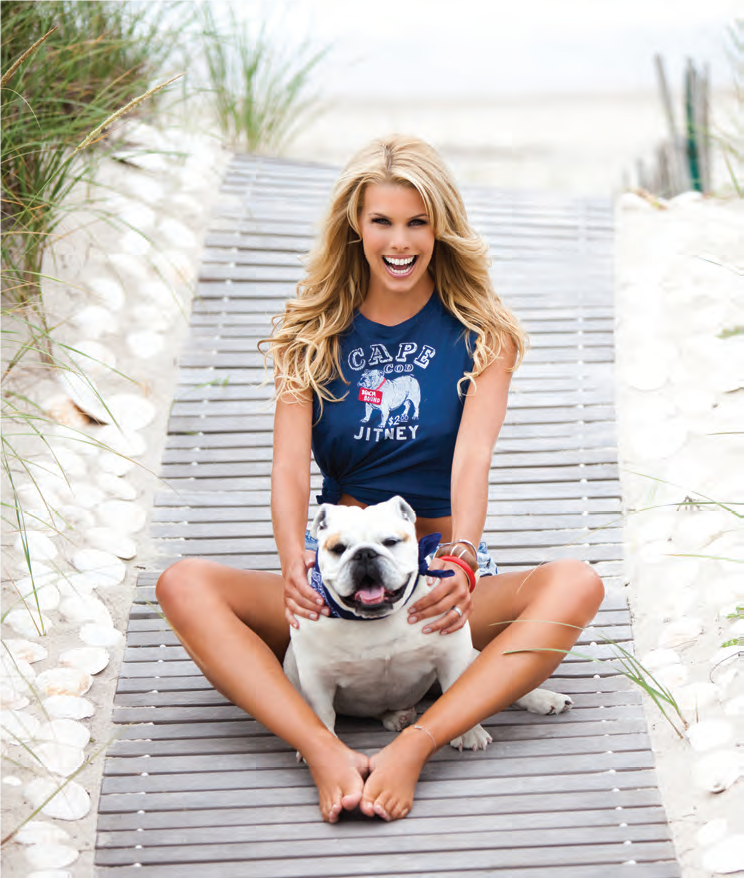
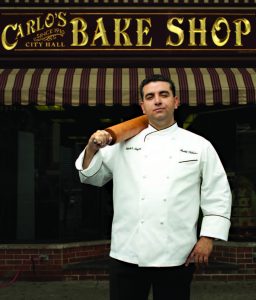
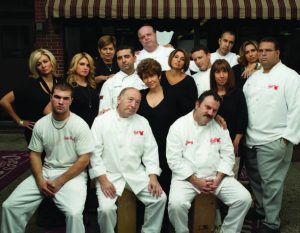
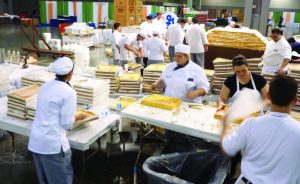
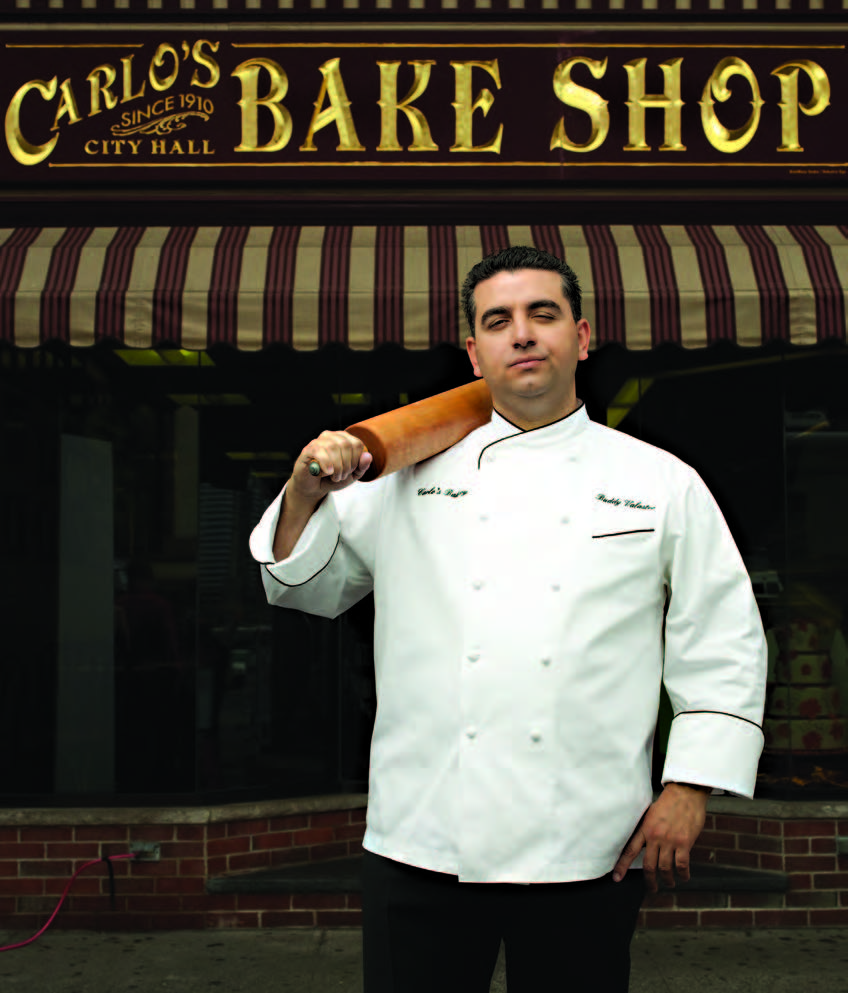
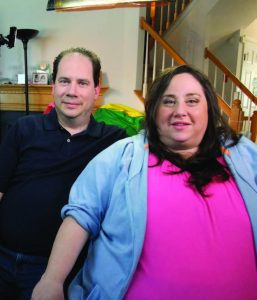
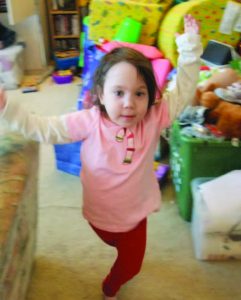
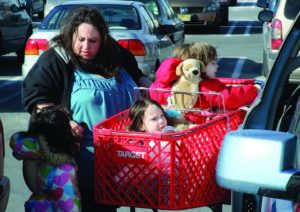
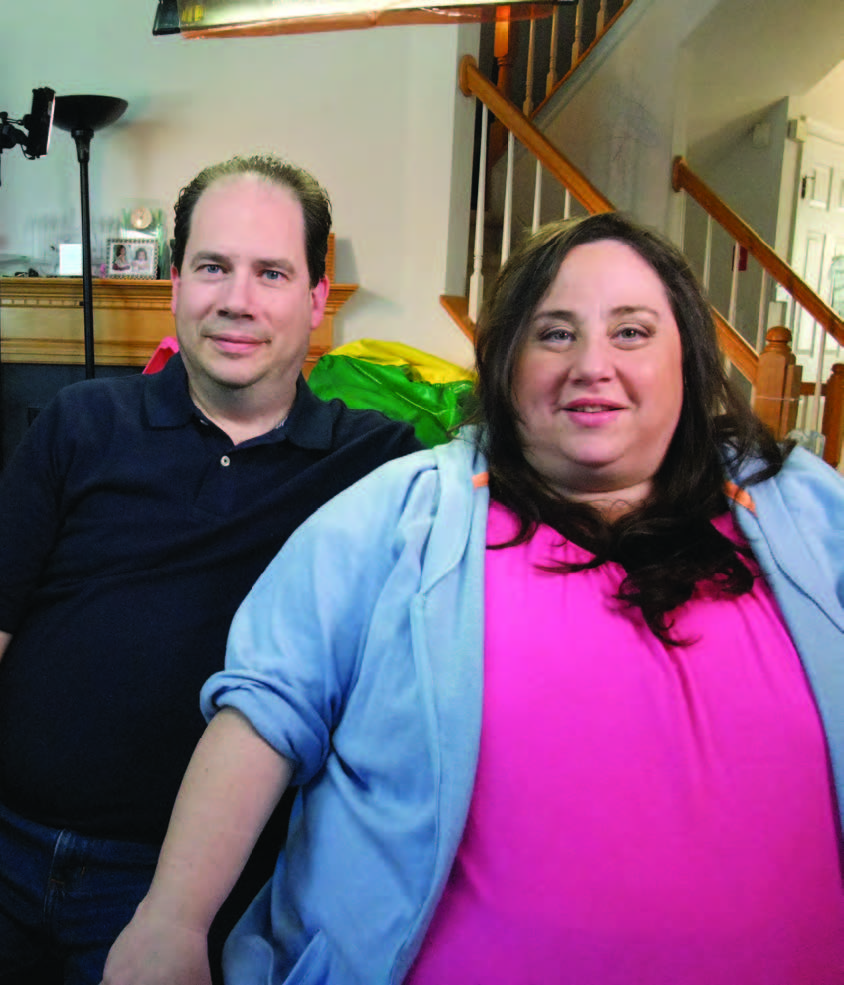

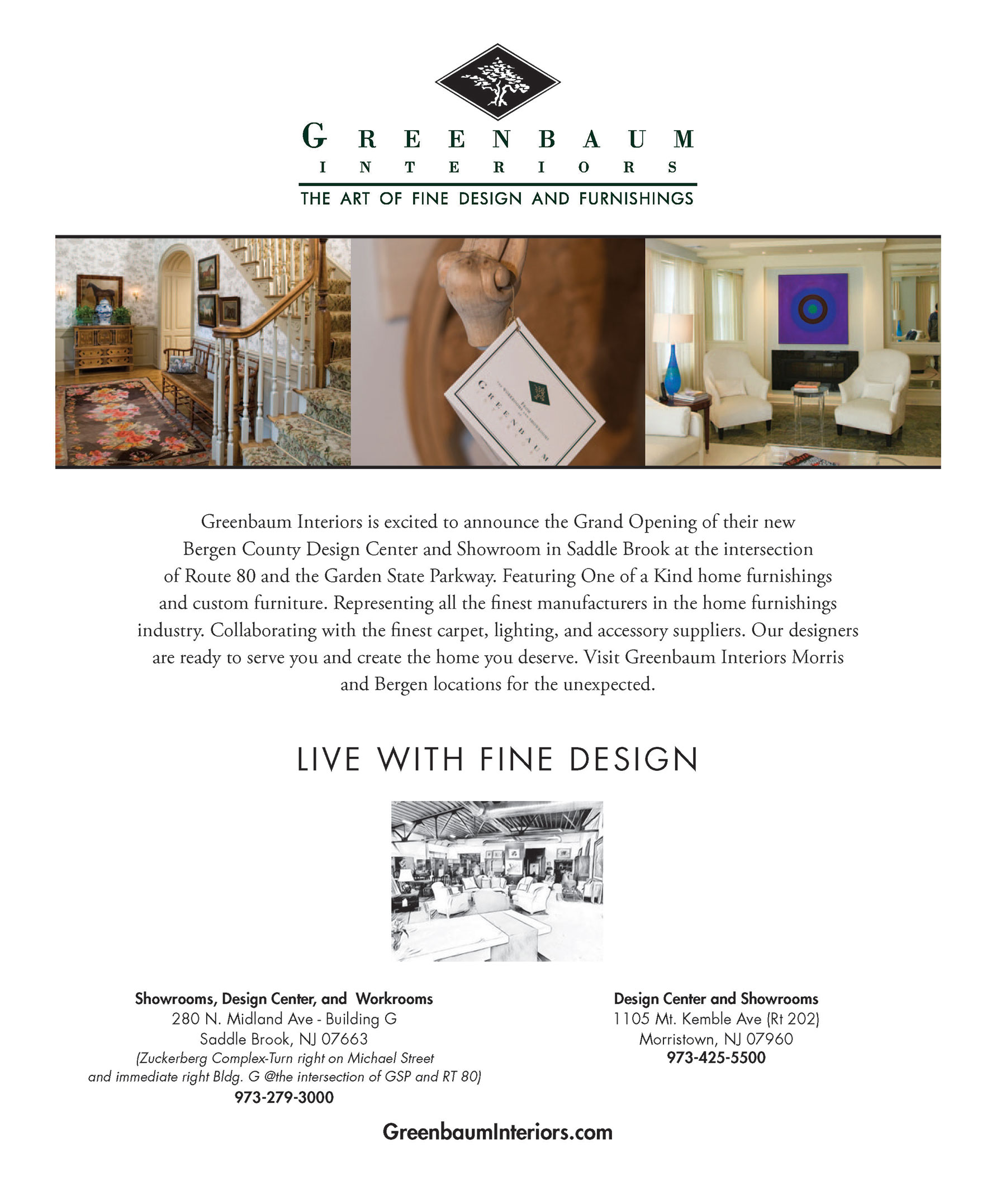
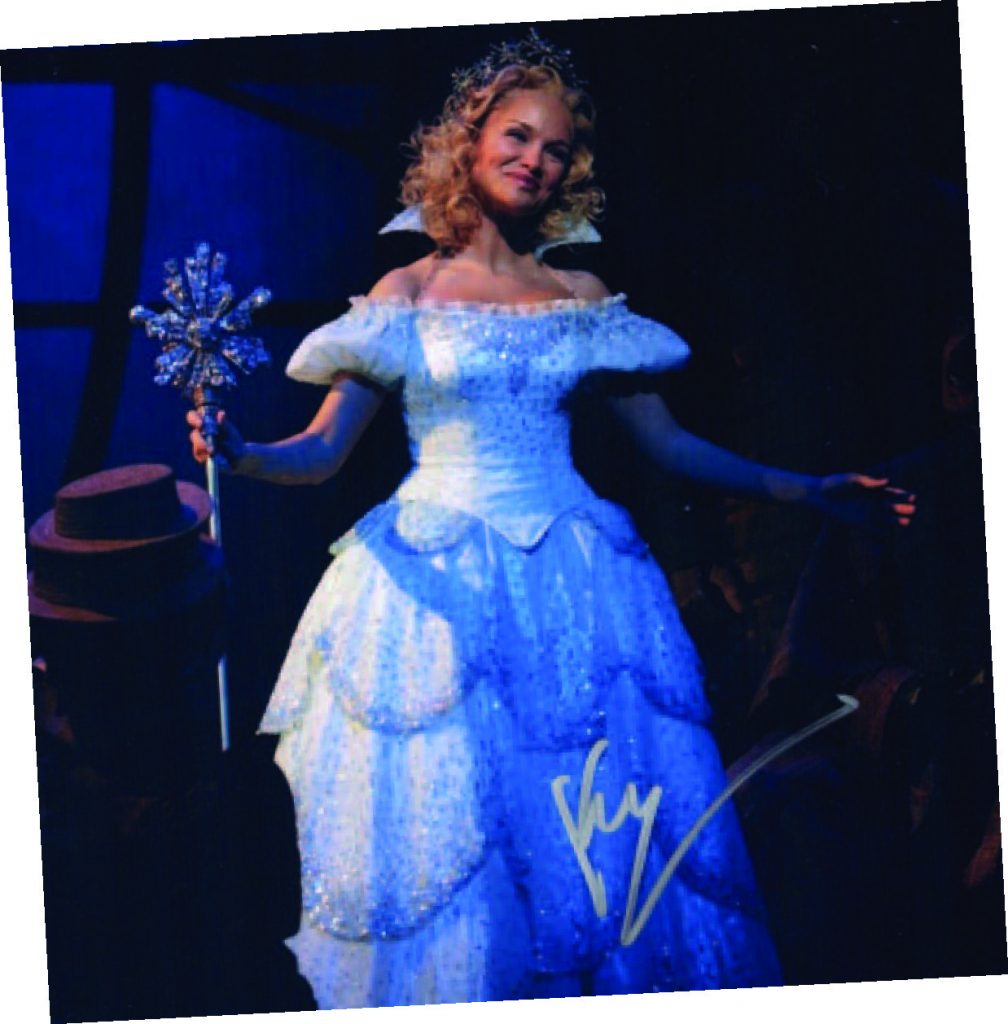


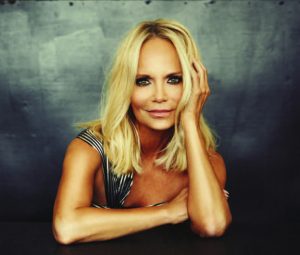
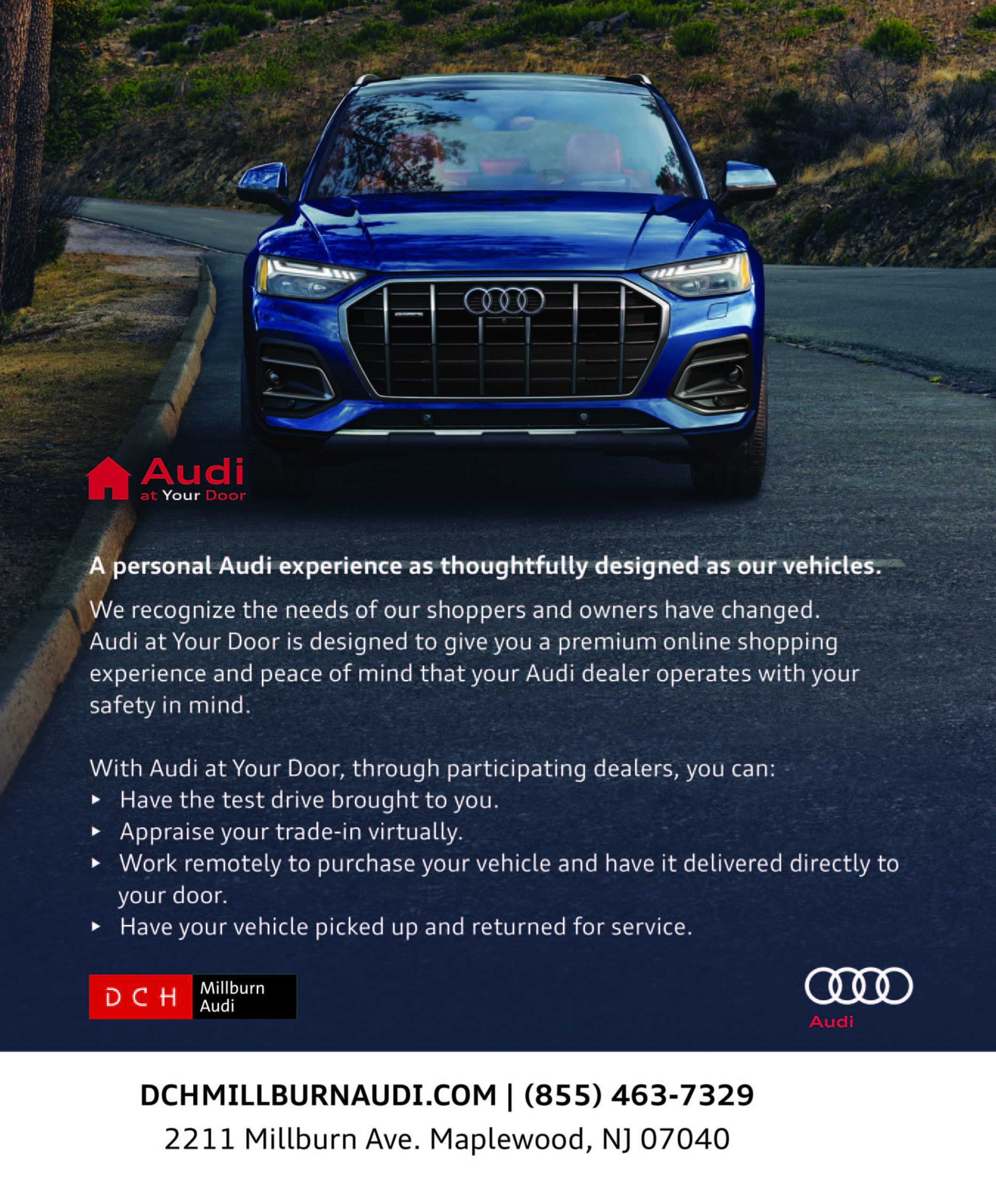



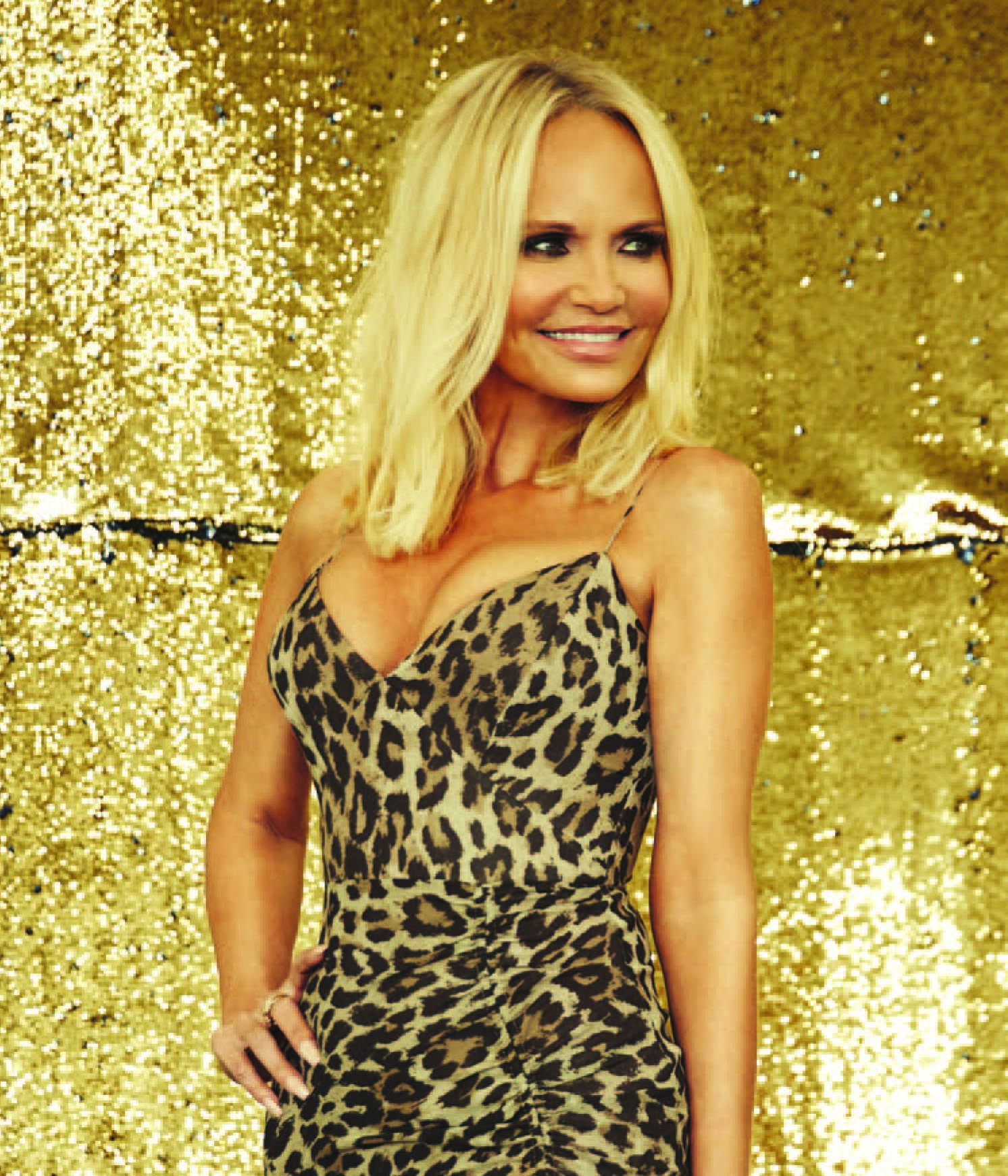
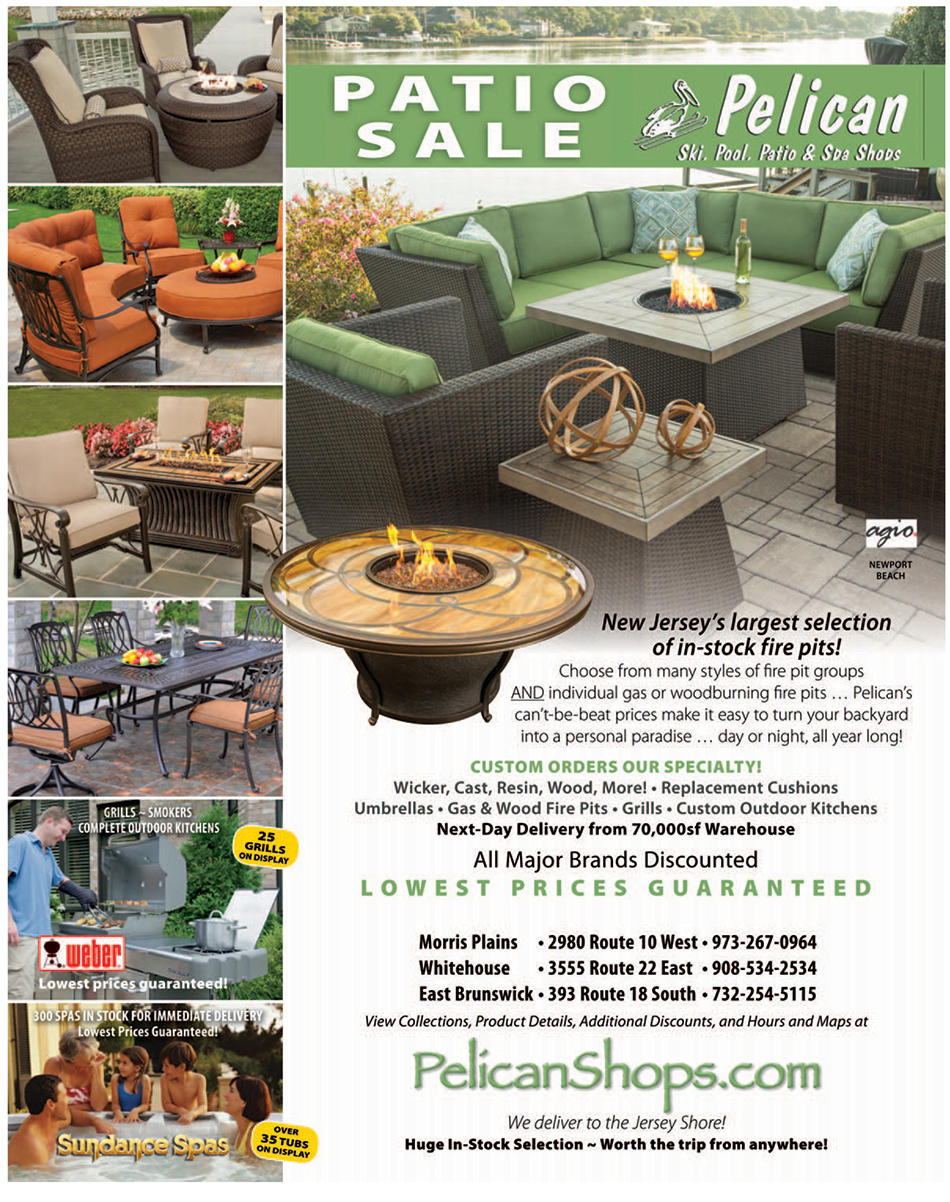
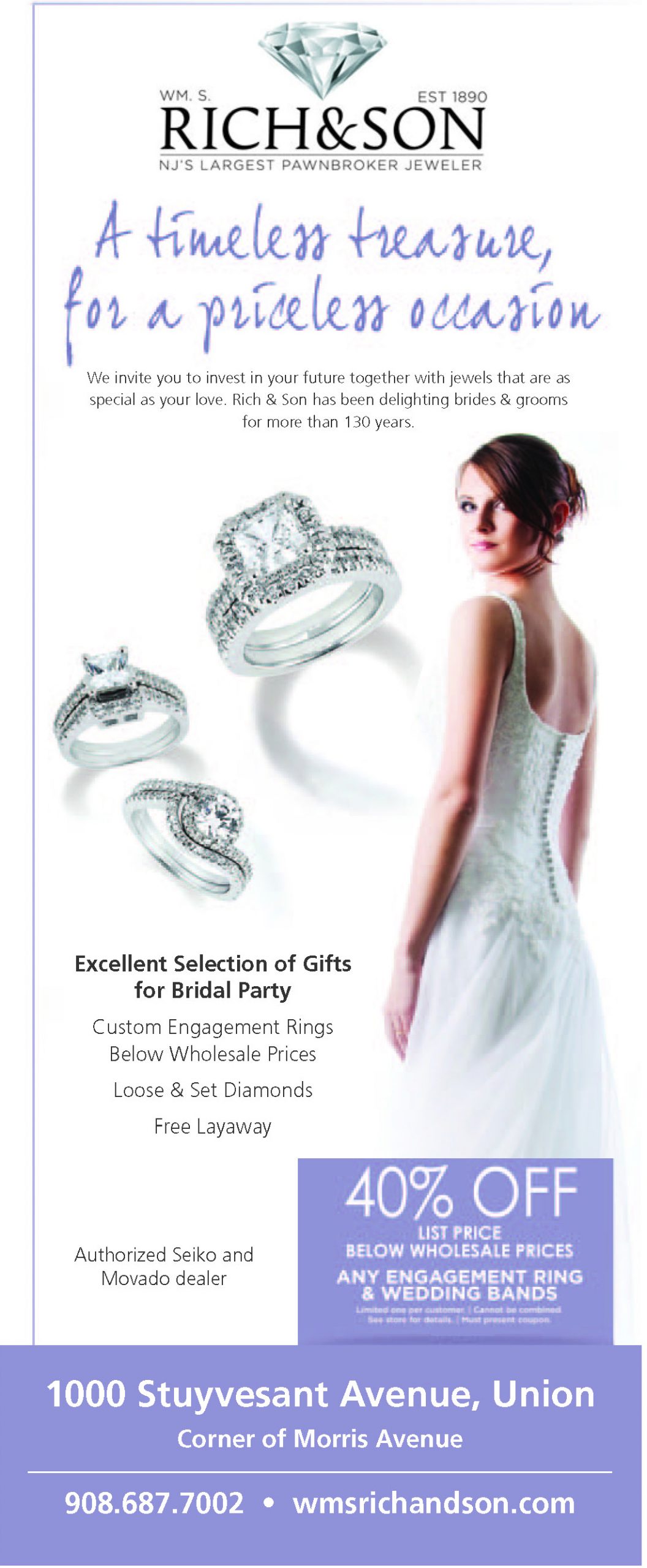
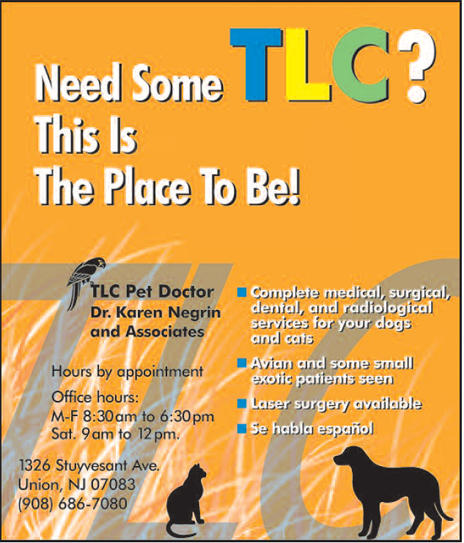
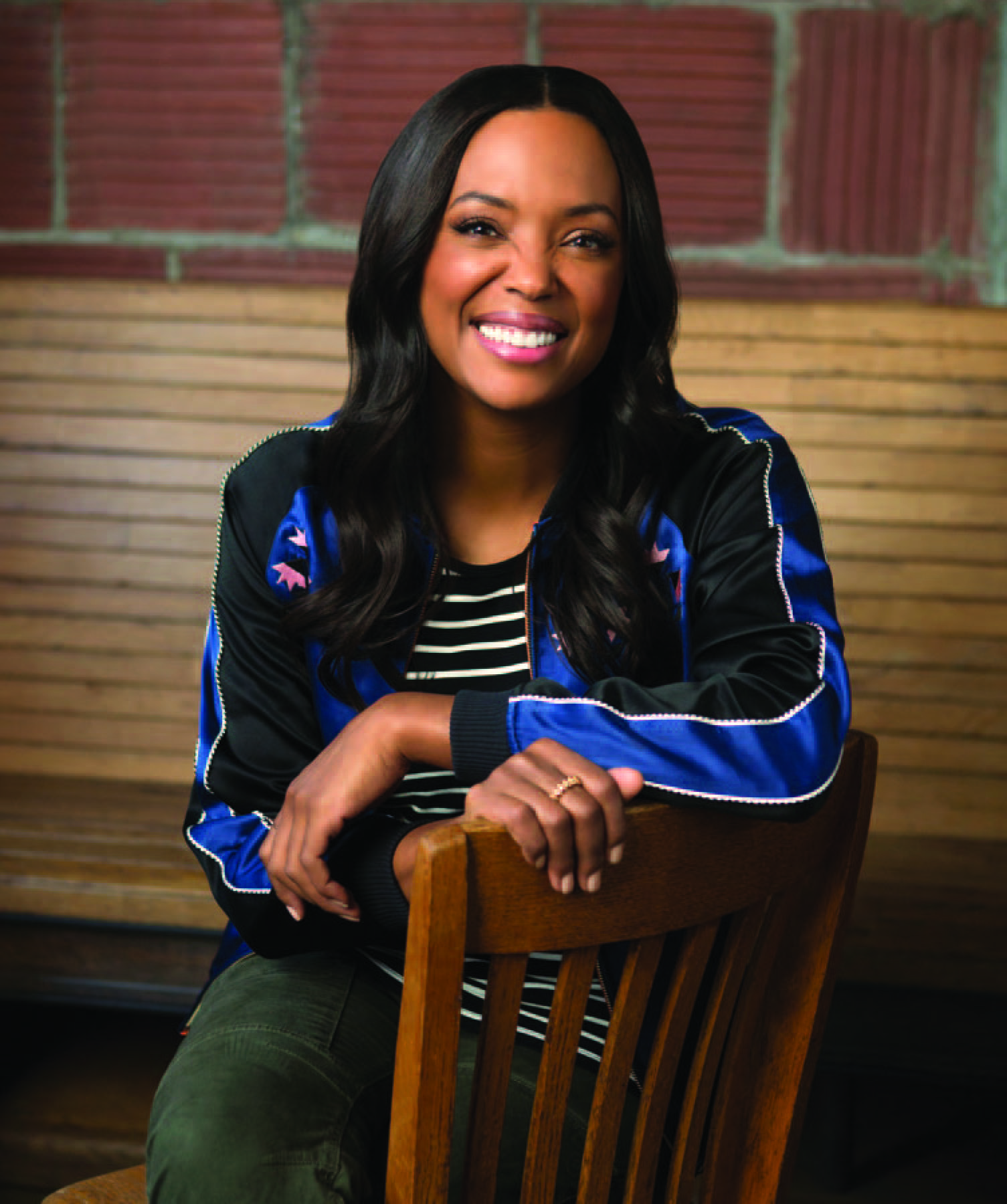
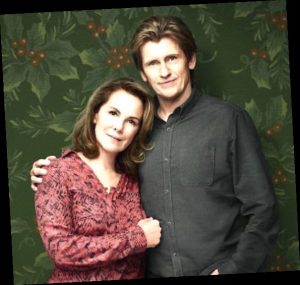 EDGE: In the FOX series The Moodys, you play Ann Moody, an alcohol counselor. There’s a personal story behind that.
EDGE: In the FOX series The Moodys, you play Ann Moody, an alcohol counselor. There’s a personal story behind that.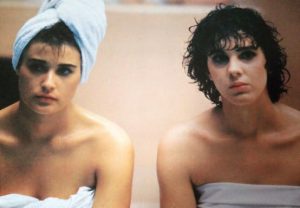 EDGE: Then came About Last Night (above), with Rob Lowe, Demi Moore and Jim Belushi…
EDGE: Then came About Last Night (above), with Rob Lowe, Demi Moore and Jim Belushi… EP: When you get to be a certain age, you don’t care what people think anymore. You just don’t. You’ve been around for long enough to just say, “I am who I am, and I’m proud of who I am.” I love these parts of myself, and I want to share them because I think I’m really great. I do. I love my life. I love my husband. I love my kids. I just feel like I’ve been given so many gifts. And now I’m getting to play a really great part of myself. A lot of people don’t get an opportunity like that, so I adore my creators and Denis for bringing me along on this. They’re allowing me to be nutty and obsessive and fun—a woman who maybe has too many glasses of wine, or maybe overdecorates the house at Christmas, who might be a little bit cloying at times when it comes to her children. These are all real facets of me.
EP: When you get to be a certain age, you don’t care what people think anymore. You just don’t. You’ve been around for long enough to just say, “I am who I am, and I’m proud of who I am.” I love these parts of myself, and I want to share them because I think I’m really great. I do. I love my life. I love my husband. I love my kids. I just feel like I’ve been given so many gifts. And now I’m getting to play a really great part of myself. A lot of people don’t get an opportunity like that, so I adore my creators and Denis for bringing me along on this. They’re allowing me to be nutty and obsessive and fun—a woman who maybe has too many glasses of wine, or maybe overdecorates the house at Christmas, who might be a little bit cloying at times when it comes to her children. These are all real facets of me.